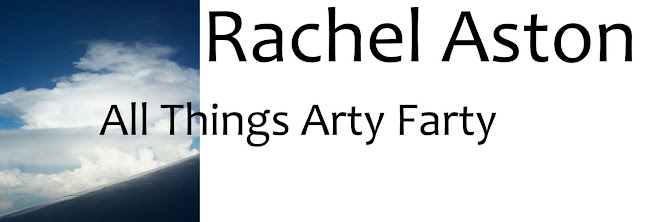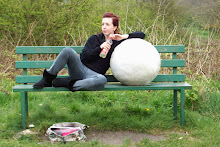“Illuminations one subject through another is quite different from pushing subjects together and hoping they might have something in common. The cross curricular links must be genuine and not forced. The very nature of each subject elicits a different response and understanding and skills are developed in different ways”
(Wyatts R, Cox 2007, p6)
Literacy
"The value of English in the Curriculum? What can I say? Without English, nothing. And without good English, noting very well" (Anne Fine in Dfee, 2000, p43)
Writing and following instructions.
En3 1a Put their ideas into sentences.
En3 3a To use capital letters, full stops, question marks and to begin to use commas.
Imaginative stories involving where the snowball came from.
En1 8a telling stories, real and imagined.
En3 1a Use adventurous and wide ranging vocabulary.
En3 9b To create imaginary Worlds.
To use drama to convey scenarios involving the snowball.
Writing a recount of the day the giant snowball landed.
En3 1d Use a clear structure to organise their writing
En3 7a How word choice and order are crucial to meaning.
Interview questions for witnesses to the event.
Hot seating characters.
Work on similies and Calligrams.
Onamatopia
Poetry - Descriptive, Shape, Rhyming
Numeracy
"Maths is the study of patterns abstracted from the world around us - so anything we learn in maths has literally thousands of applications in arts, sciences, finance, health and leisure" (Professor Ruth Lawrence in DfEE 2000, P61)
Using bubblewrap for arrays.
Mathematical word problems and investigations.
3D Shape work
Ma3 2a describe properties of shapes that they can see or visualise using the related vocabulary.
Ma3 2c To create 2D and 3D shapes.
Topics involving greater than, smaller than,
Ma3 4a Estimate the size of objects and order them by direct comparison using appropriate language
Ma3 4 c Estimate, measure and weigh objects.
Science
"Science is valuable because it meshes with all our lives and allows us to channel and use our spontaneous curiosity"
(Professor Susan Greenfield in Dfee, 2000, p76)
Science Investigations and questioning
Sc1 2a Ask questions eg what if? How? Why?
Fair testing
Sc1 2d Recognise when a test or comparison is unfair.
Sc1 2h Make simple comparisons.
Sensory Exploration.
Sc1 2f Explore using sight, hearing, smell, touch... as appropriate and make and record observations.
Materials and their properties
Sc3 1a use their senses to explore and recognise the similarities and differences between materials.
How bubble wrap / sellotape is made.
Design and Technology
"Design and Technology is about making things that people want and work well. Creating these things is hugely exciting: it is an inventive, fun activity." (James Dyson in Dfee 2000, p90)
Designing and constructing sculptures
1a Generate ideas by drawing on their own and other peoples experiences.
1c Talk about their ideas.
2c Explore the sensory qualities of materials.
3c Talk about their ideas and say what they like and dislike.
ICT
Photographing the sculptures in varying locations and editing them
History
Preservation and bonding methods of previous eras.
2bIdentify differences between ways of life at different times.
Geography
Weather
Planets
The earth and it rotation.
Art
"Art and design is the freedom of teh individual, the freedom of expression and the freedom to fail without retort" Simon Waterfall,DfEE, 2000, p116)
"The arts are a creative playground for a growing mind" (Koster, 2009, p212)
Design and constructing sculptures.
Link to the work of other artists eg Mark Jenkins and Anthony Goldsworthy
5aExplore a range of starting points for practical work
Onamatopia art - Eg Lichtenstein.
5d Investigate different kinds of art, craft and design.
3a Review what they and others have done and say what they think and feel about it.
Photographs sculptures in varying locations.
I think these ideas work well as they dont push together links that dont go.
I know that i would have to make my teaching hands on in order for learning to be at its best.
According to Jensen 2001 in Koster (2009),
"The brain is capable of simultaneously processing information from many senses, we learn best when sensory, visual and spatial information are combined. Providing hands on activities stimulate the senses and make learning memorable"
(*Jensen 2001 in Koster 2009, p6)
References
DfEE (2000) The National Curriculum Handbook for Primary Teachers in England.TSO.
Koster, J, B(2009) Growing artists 4th edition. Teaching the arts to young children. Cengage Learning. Delmar.
Wyatts R, Cox, S (2007) Teaching art and design 3 -11. Reaching the standard series. Continuum International.












































